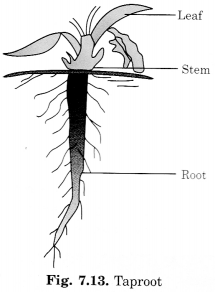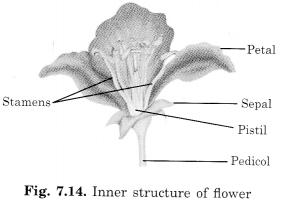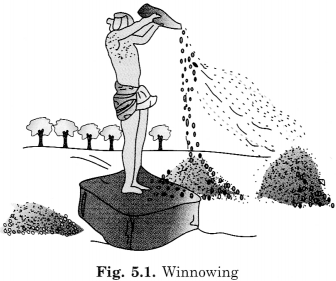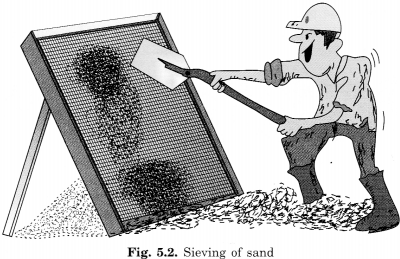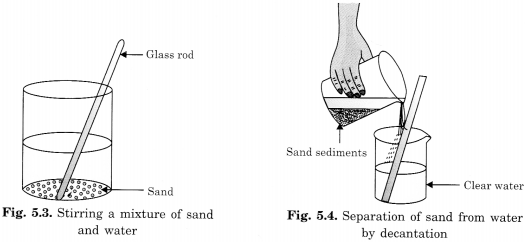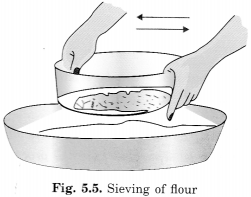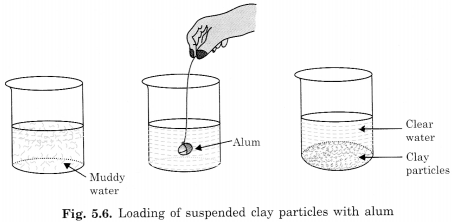NCERT Solutions for Class 6 Science Chapter 8 Body Movements are part of NCERT Solutions for Class 6 Science. Here we have given NCERT Solutions for Class 6 Science Chapter 8 Body Movements.
| Board | CBSE |
| Textbook | NCERT |
| Class | Class 6 |
| Subject | Science |
| Chapter | Chapter 8 |
| Chapter Name | Body Movements |
| Number of Questions Solved | 4 |
| Category | NCERT Solutions |
NCERT Solutions for Class 6 Science Chapter 8 Body Movements
NCERT TEXTBOOK EXERCISES
(Pages 77-78)
Question 1.
Fill in the blanks :
(a) Joints of the bones help in the __________ of the body.
Answer:
Movement
(b) A combination of bones and cartilages forms the __________ of the body.
Answer:
Skeleton
(c) The bones at the elbow are joined by a __________ joint.
Answer:
Hinge
(d) The contraction of the __________ pulls the bones during movement.
Answer:
Muscles
Question 2.
Indicate True (T) or False (F) among the following sentences:
(a) The movement and locomotion of all animals is exactly the same. ( )
(b) The cartilages are harder than bones. ( )
(c) The finger bones do not have joints. ( )
(d) The forearm has two bones. ( )
(e) Cockroaches have an outer skeleton. ( )
Answer :
(a) F
(b) F
(c) F
(d) T
(e) T
Question 3.
Match the items in Column I with one or more items of Column II:
| Column I | Column II |
| (i) Upper jaw | (a) have fins on the body |
| (ii) Fish | (b) has an outer skeleton |
| (iii) Ribs | (c) can fly in the air |
| (iv) Snail | (d) is an immovable joint |
| (v) Cockroach | (e) protect the heart |
| (f) shows very slow movement | |
| (g) have a streamlined body |
Answer :
(i) (d)
(ii) (a)
(iii) (e)
(iv) (b)
(v) (c)
Question 4.
Answer the following:
(a) What is a ball and socket joint?
Answer:
In ball and socket joints the rounded end of one bone fits into the hollow space of the other bone. In this type of joint, one bone remains fixed while the other can move freely in all directions.
(b) Which of the skull bones are movable?
Answer:
Lower jaw bones are movables.
(c) Why can our elbow not move backward?
Answer:
Our elbow can not move backward due to the hinge joint.
We hope the NCERT Solutions for Class 6 Science Chapter 8 Body Movements help you. If you have any query regarding NCERT Solutions for Class 6 Science Chapter 8 Body Movements, drop a comment below and we will get back to you at the earliest.

